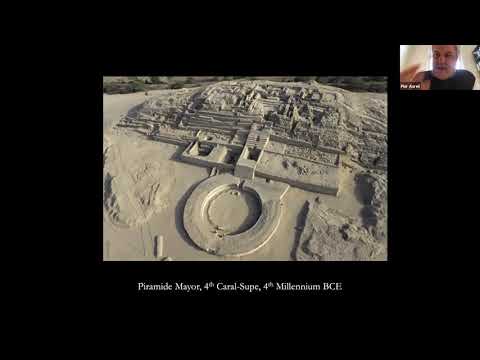
The construction of architecture is often addressed as a matter of technical expertise or poetic craftsmanship; seldom is it addressed as a matter of politics. Yet building techniques have evolved not only because of technological progress or availability of new materials, but also – and especially – as a response to the organisation of the labour force necessary to build architecture. To this day, building architecture remains one of the most labour-intensive activities in which a multitude of workers, from designers to builders, are exploited to make building itself a profitable activity. Far from being determined by its use value, architecture as a material artefact is today driven by its exchange value as a commodity. This means that any passage of the building process – from conception to realisation – is a site of extraction of surplus value by those who finance architecture. While often the critiques of architecture’s complicity with capital focus on the architect’s design, the very technical aspects of how such designs are actualised in the building process remain unnoticed. And yet, the more architecture manifests itself as the effortless gesture of formal invention, the more it hides the exploitation of those who build it.
Since the Renaissance, architecture has become a discipline whose liberal status is based on its emancipation from the mere act of building. Seemingly disciplinary and intellectual issues such as the knowledge of geometry and drawing have become means to strengthen the architect’s authority at the expense of the builder’s agency. Architecture’s fundamental issues such as proportions, materiality, ornament, and standardisation cannot be fully understood if disconnected from the way the material process of building was devised in order to tame, control and eventually exploit those that build architecture. Progressive innovations in manufacturing such as 3D printing, laser cutting, CNC, and robotic fabrication promise to democratise the means of production and reduce construction costs, but they are often used by the industry as a way to reduce and deskill both designers and builders. Technology, economy, and aesthetics are not enough to understand how building works: we need to understand construction politically.
The politics of construction thus lies in the way architecture is produced both in terms of its design and its construction. The symposium aims to politicise the construction of architecture by addressing the technical as political. In doing so the symposium aims to respond to fundamental blind spots of architectural theory: the ‘nitty gritty’ of the building industry and its impact on labour conditions both in terms of design and construction. With this symposium we want to not only question the way architecture gets built, but also to emphasise the fact that the process of building offers the most important insights into the political significance of architecture itself. Speakers will address ancient, modern, and contemporary case studies, such as building techniques in Roman architecture, the politics of standardisation in relationship with the deskilling of construction work, and the role of design in enabling or oppressing the work of builders.